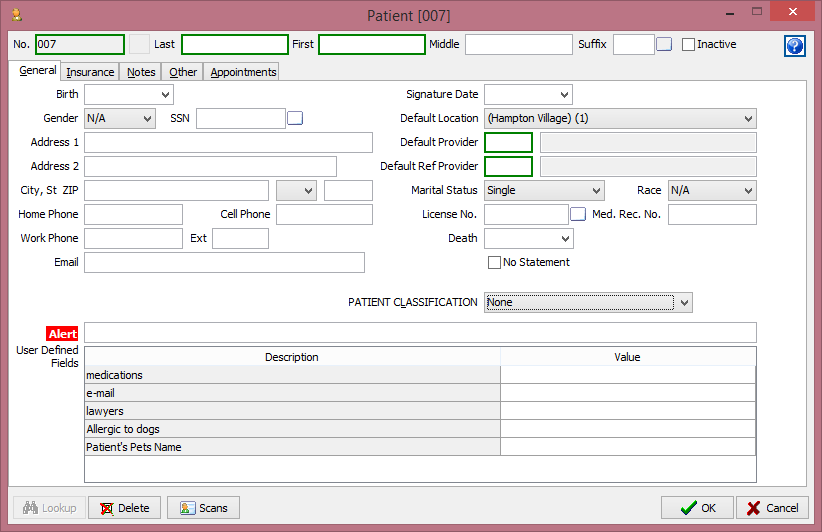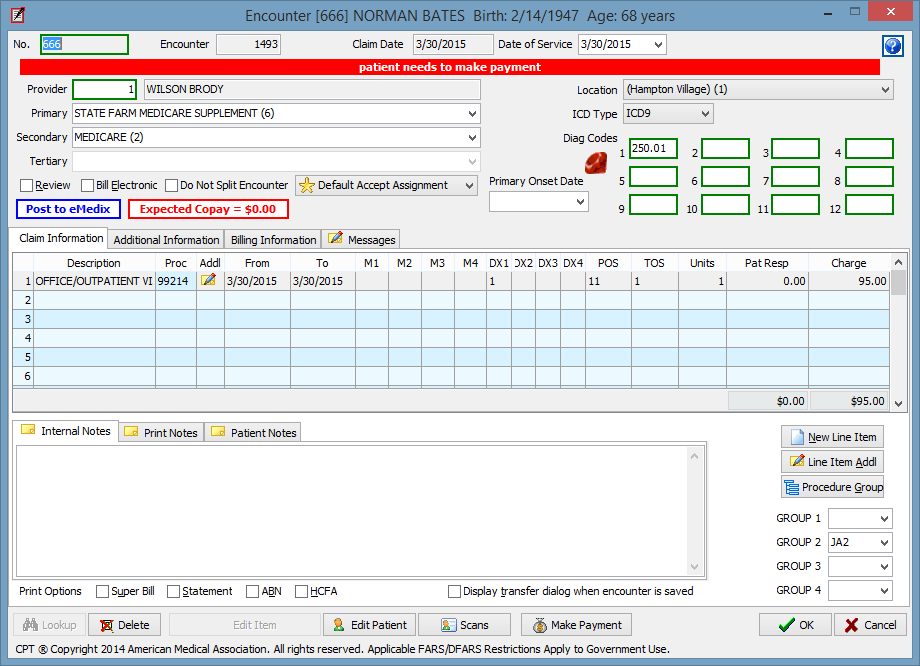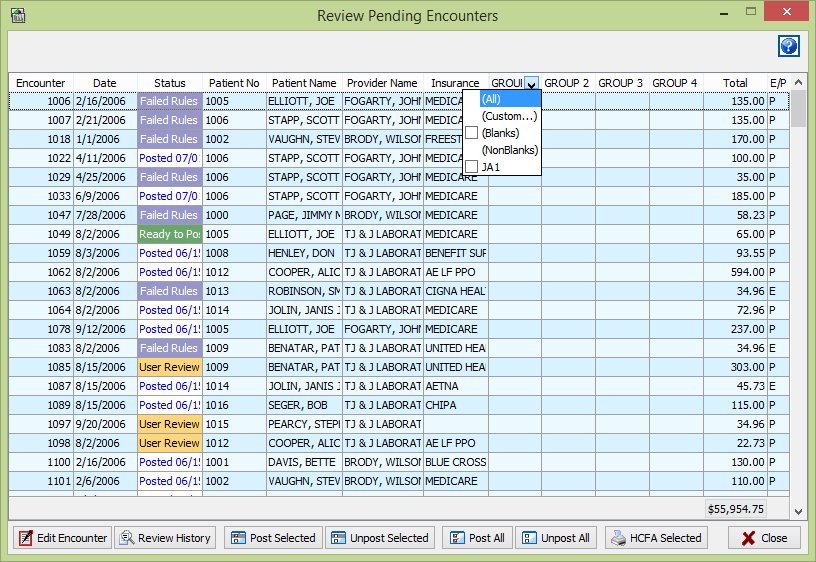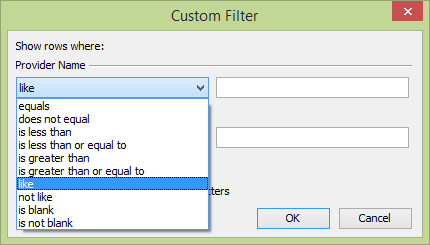Release Notes
We have new features and enhancements for release 4.0.20.46.


9/1/2015
We have new features and enhancements for release 4.0.20.46.

Patient Classification is a part of the new Custom Code feature.
If your practice has definitions for patient classification, the option will appear on the patient editor. By selecting the value for patients, there will be new reporting available for review.

Encounter Groups are a part of the new Custom Code feature.
If your practice has these groups defined, each group will appear on the encounter menu. These will have all of the available codes that are set up.

If the groups are defined, the groups will also appear in the Encounter Review menu. This will allow you to sort by these groups in order to post multiple claims by that group.

In order to assist with the sorting of the grid, additional sorting options are available. Beyond the
standard options, a custom complex sorting is also available. 
Adjustments to Registry Settings for UAC
Ever since Windows Vista, the UAC has regulated access to a part of Windows settings (the "Registry") that used to be open to anyone to edit. In order to conform with the current standard, we have moved our DAQbilling settings (for instance, "Last Used (F4)", or menu position, or printer settings) to a new location. This will no longer require the UAC to regulate the access of DAQbilling.

In an effort to allow our users to preserve their pre-existing settings, we have constructed a "Migration Utility." This utility is available through the automatic update, inside the standard set-up program, or on this link. This program must be run for every Windows user that uses each computer terminal. (For instance, if user "Mary", "John", and "Terri" have a Windows ID on one computer, it must be run three times).
![]()